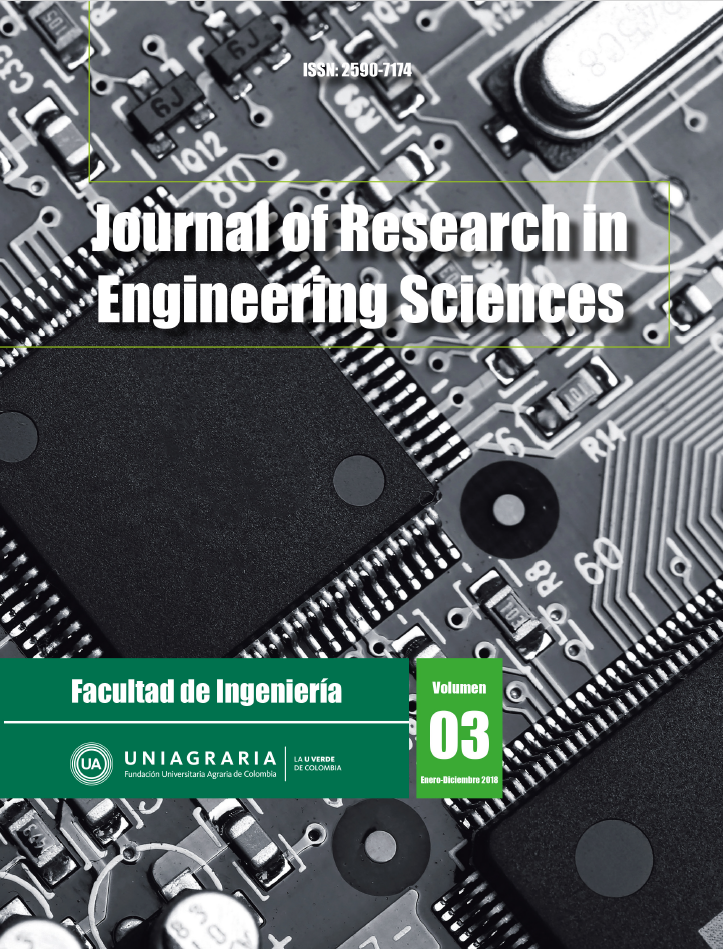Abstract
This study consisted of applying various geo-statistical techniques in the enhancement of digital images, based on the fact that the matrix structure of these images allows their interpretation in geospatial terms and their geo-statistical manipulation for enhancement purposes. The experimental approach took a basic digital image that was submitted to different editions, to conform the dataset that would allow its adaptation to the geo-statistical analysis. Then various geo-statistical interpolation techniques were used and results were obtained from each of them. For the evaluation of the quality of the results, a comparative analysis was developed oriented from two independent perspectives (evaluation of absolute errors and cross validation), as a basis for the evaluation and systematization of the selection process of the best estimator. The result of this analysis was that interpolation based on localized polynomial function was the best estimator to define the spatial variation rate that characterizes the peculiarities of the study image. It is understood that there is the possibility that different images are more related to other spatial interpolation techniques, and this is where the systematization of the quality evaluation process demonstrates its value. After the study, the feasibility of developing a comparative and systematic analysis of different spatial interpolation options with a view to relating the visual quality of a digital image was verified. The resulting product proved to be more detailed than the original image, in the same way, since the spatial variation rate of said product is parameterized, the possibilities of re-escalation have no limits and this constitutes an additional value of the study.Downloads
Download data is not yet available.
